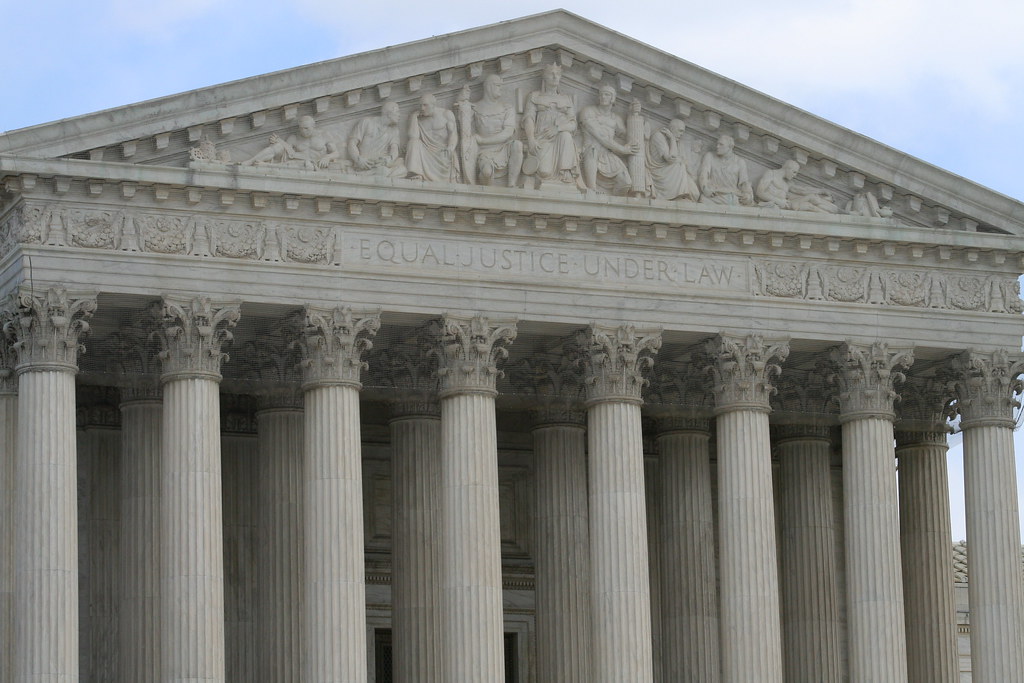Key Takeaways
• A new Supreme Court ruling may reshape redistricting rules.
• Republicans could win up to 19 extra seats by redrawing southern districts.
• Democrats could fight back with redistricting in blue states.
• Both parties’ plans would cut competitive races and minority representation.
Redistricting Shake-Up: Could Democrats Block GOP Wins?
Redistricting could become the next big battle in U.S. politics. The Supreme Court looks ready to weaken the Voting Rights Act. This change would let southern Republicans redraw maps to pack Black and brown voters into few districts. As a result, Republicans might gain 15 to 19 seats in the House. Yet Democrats could use the same redistricting tricks in blue states. This would prevent a GOP landslide and even add seats to the Democratic side.
What Is Redistricting and Why It Matters
Redistricting means drawing new lines on a map to create voting districts. Every ten years, lawmakers use census data to adjust these lines. Ideally, this keeps each district balanced in population. However, politicians often use redistricting to help their party win elections. They can group many voters of one type into a few districts or spread them thinly across many. Both moves can tilt power unfairly. Changes to the Voting Rights Act could remove federal rules that stop race-based map drawing. Therefore, redistricting fights will grow more intense and secretive.
Republican Gains in Southern States
In southern states, Republicans see redistricting as a golden chance. Without strict Voting Rights Act oversight, they could pack minority communities into fewer districts. Then white-majority districts would dominate most seats. According to one analysis, this shift could add 15 to 19 GOP seats in the House. First, Black and brown voters would find many of their ballots “wasted.” Their votes would count in just a few districts while Republicans win more elsewhere. Next, Republicans would control nearly every congressional map in those states. As a result, federal power could tilt heavily toward red states. Moreover, this plan would take years to reverse once set in law.
How Democrats Could Fight Back with Redistricting
Meanwhile, Democrats could use redistricting in blue states to balance power. They might unpack majority-minority districts to spread nonwhite voters more evenly. This method gives Democrats small margins in many districts instead of big wins in a few. For example, New York now groups many minority communities together. That creates districts where Democrats win by large margins. Those extra votes become “wasted” because they do not help other districts. If Democrats disperse these voters into suburban or rural areas, they could flip more seats. An analysis suggests they could win 24 seats while Republicans keep just two. That would net Democrats five extra seats.
Similarly, New Jersey’s current map has nine Democrats and three Republicans. By slicing up its five majority-minority districts differently, Democrats might pick up one or two more seats. In Illinois, unpacking just five minority districts could erase all three GOP seats, giving Democrats all 17 seats. In Maryland and Nevada, redrawing lines could topple each state’s lone Republican congressman. Overall, Democrats could gain up to 12 seats through aggressive redistricting in blue states. Plus, California might add five more seats via ballot measures and new maps. Therefore, the redistricting clash would be a tit-for-tat war, with both sides drawing lines to lock in power.
The Ugly Side Effect: Fewer Competitive Races and Less Diversity
However, this redistricting free-for-all carries a big drawback. As both parties draw safe seats, fewer races will be competitive. Voters may feel their votes no longer matter in lopsided districts. Moreover, majority-minority districts have long boosted diversity in Congress. These districts ensure Black, Hispanic, and Asian Americans win representation at the federal level. If states break up minority communities, fewer representatives of color will win. As a result, Congress could get whiter and less diverse. Therefore, democracy would suffer when districts become political weapons. In addition, both parties might spend less time campaigning and more time litigating.
Looking Ahead: A Redistricting Battle Royale
The coming years may see nonstop court fights over redistricting maps. States could rush to redraw lines before the next election. Both parties will argue their maps follow new rules without race bias. Yet hidden data and private meetings may produce secret plans to lock in power. Citizens will need to watch state legislatures and commissions closely. Grassroots groups might file lawsuits if they spot unfair maps. Ultimately, voters could demand independent redistricting bodies to ensure fairness. For now, both sides prepare for a redistricting war that will shape Congress for a decade.
Frequently Asked Questions
What does redistricting mean?
Redistricting is the process of drawing new electoral district boundaries. Lawmakers use census data to adjust districts every ten years. The goal is equal population, but politics often drives the final maps.
Why might Republicans gain seats with new maps?
Without strong Voting Rights Act protections, Republicans could pack minority voters into few districts. This creates more white-majority districts, boosting GOP wins and adding up to 19 seats.
How could Democrats use redistricting in blue states?
Democrats could break up large minority districts to spread voters across more districts. This approach could flip seats in New York, New Jersey, Illinois, and other states, netting Democrats extra House seats.
What is the main downside of aggressive redistricting?
Both parties drawing safe districts will reduce competitive elections. Also, breaking up majority-minority districts could cut minority representation in Congress, making it less diverse.

